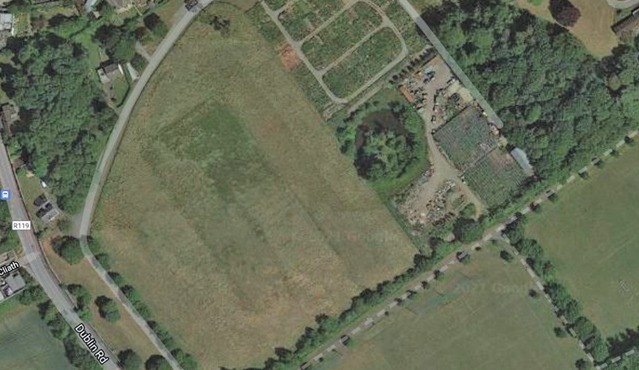Ireland’s Property Conversation Needs to Follow the Data

The most recent figures from the Central Statistics Office show that residential property prices in Ireland have increased an average of 12.4 percent, year on year, with prices in Dublin increasing slightly less than those outside of the capital. Significantly, the annual price increase for apartments was, on average, 7.7 percent.
These figures come the same week as the new Residential Tenancies (Amendment) (No. 2) Bill 2021 is published. This new Bill will cap rent increases within Rent Pressure Zones at 2 percent. There has definitely been some confusion across the sector so, to clarify, the new cap – which will come into effect as soon as the Bill is enacted – will only operate when general inflation is higher than 2 percent. It is worth pointing out that inflation averaged 0.73 percent over the three years to July 2021 but has since risen unexpectedly high, so this measure is intended to protect tenants against likely further inflation. Critically, the new legislation also proposes to make a ‘Part 4’ tenancy one of unlimited duration. Such tenancies of unlimited duration have been expected for some time now, in fact, it is one of the key reforms promised to tenants under the Government’s recently published Housing for All strategy.
In addition to shoring up security of tenure for tenants, the Housing Minister Darragh O’Brien was at pains to emphasise that the Bill is intended “to safeguard continued investment in the sector by existing and new landlords to deliver the requisite supply of high-quality rental accommodation”. Time will tell if that intention translates into outcome.
Despite the Housing Minister’s stated intention to safeguard continued investment in Ireland’s rental market, there remains apparent confusion about the makeup of landlords in this country. A recent CSO report on the rental sector found that more than half of all residential landlords received rental income below €10,000 in 2019, after allowable expenses. In fact, the data also shows that the overwhelming majority of landlords only own one or two properties. The Irish Times reported this well by stating “The headlines from the CSO report on the rental sector appear to have skewered some of the sacred cows in the debate around housing in Ireland. All too often commentary is presented in overly simplistic terms of fat-cat landlords versus wronged tenants. As the CSO report shows, the picture is much more nuanced”.
Finally.
This is a message that the industry has tried to put right for a decade. The increase in accessible data on Ireland’s property market is finally proving what the industry has tried – unsuccessfully – to explain. 86 landlords own only one or two properties (the bulk of that 86 percent own only one investment property). About a third of rental income is spent on allowable expenses (mortgage interest, depreciation on fittings and furniture, repair and maintenance costs and letting costs etc). If the landlord’s gross income puts them into the higher rate of tax, the net annual income from their investment is approximately €5,000 – it’s not exactly ‘fat cat’ territory.
The property data is now available, this needs to be used to correct the nonsense market rhetoric that still exists and to shape policy – and media reporting – that is based on evidence, not sentiment.
Ian Lawlor
086 3625482
Managing Director
Lotus Investment Group
